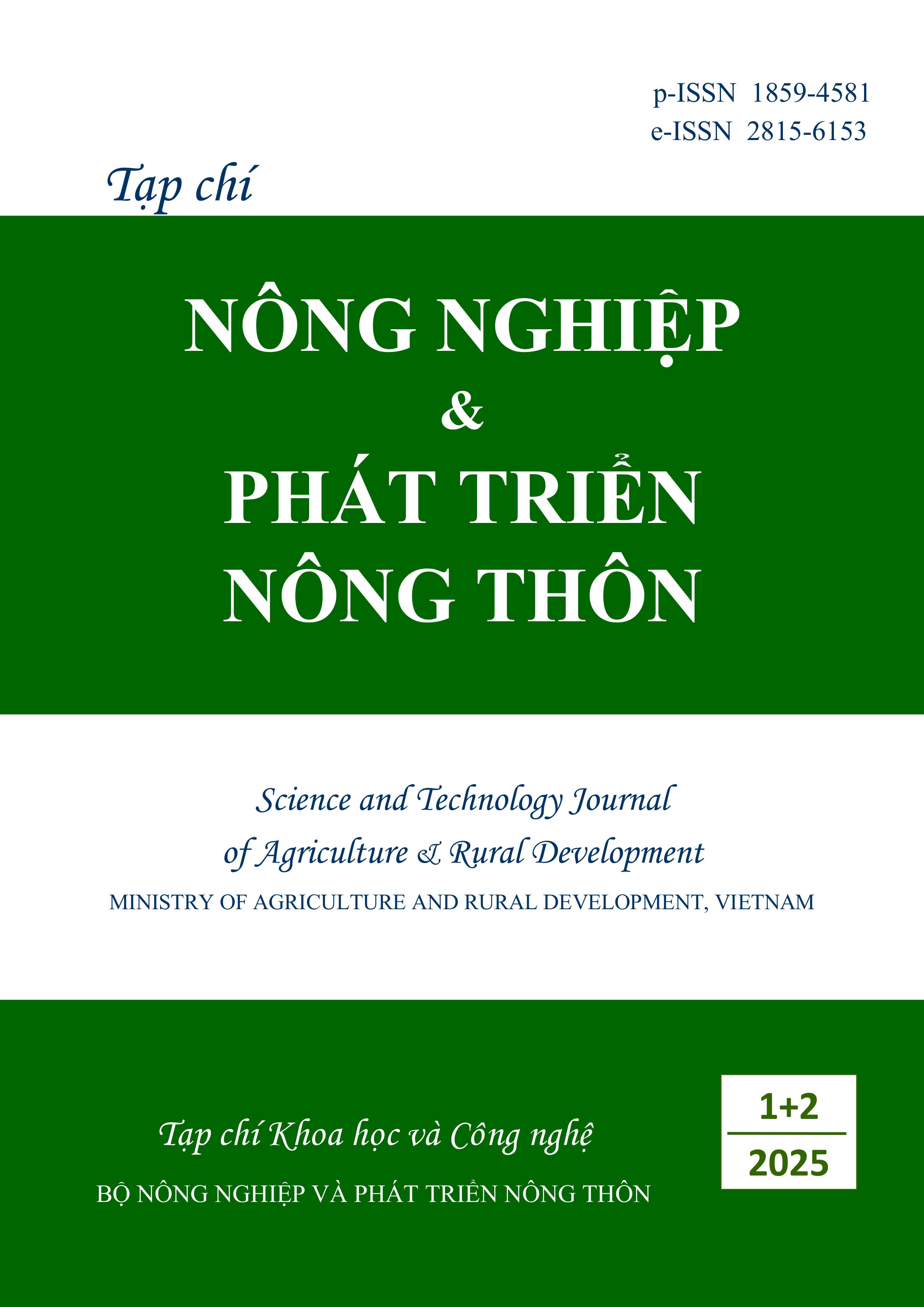EFFECT OF DRYING TEMPERATURE ON BIOACTIVE ACTIVITIES OF BANANA LEAVES Musa acuminata AAA
DOI:
https://doi.org/10.71254/tkvwqd19Keywords:
Banana leaves, drying mode, bioactive compounds, reducing power, DPPH scavengingAbstract
Musa acuminata AAA banana leaf is a popular and numerous material in Vietnam. It is widely used in food such as cooking traditional cakes, food wrapping. Although in Vietnam, most banana leaves are usually burned after harvest, banana leaves have been shown to have antioxidant properties and are rich in bioactive substances. The aim of this study was to evaluate the effect of drying temperature on the antioxidant activity, as well as the content of bioactive compounds such as polyphenols, flavonoids and tannins of banana leaves Musa acuminata AAA grown and harvested in the suburbs of Ha Noi, Vietnam. After harvesting, banana leaves were sun-dried and convection-dried in a drying cabinet at temperatures (40 ± 1°C, 50 ± 1°C, 60 ± 1°C). The obtained leaf powder was measured for moisture, color, polyphenol, flavonoid, tannin content, iron-reducing capacity and DPPH free radical scavenging ability. The results of the study showed that drying by convection drying at 50oC had better moisture and color results than the traditional sun drying method. In addition, the highest content of polyphenols, flavonoids, tannins, iron reducing capacity and DPPH free radical scavenging ability were also found in the 50oC dried sample. From the Pearson correlation analysis, it was shown that the higher the content of bioactive substances in banana leaves, the better their antioxidant capacity.






